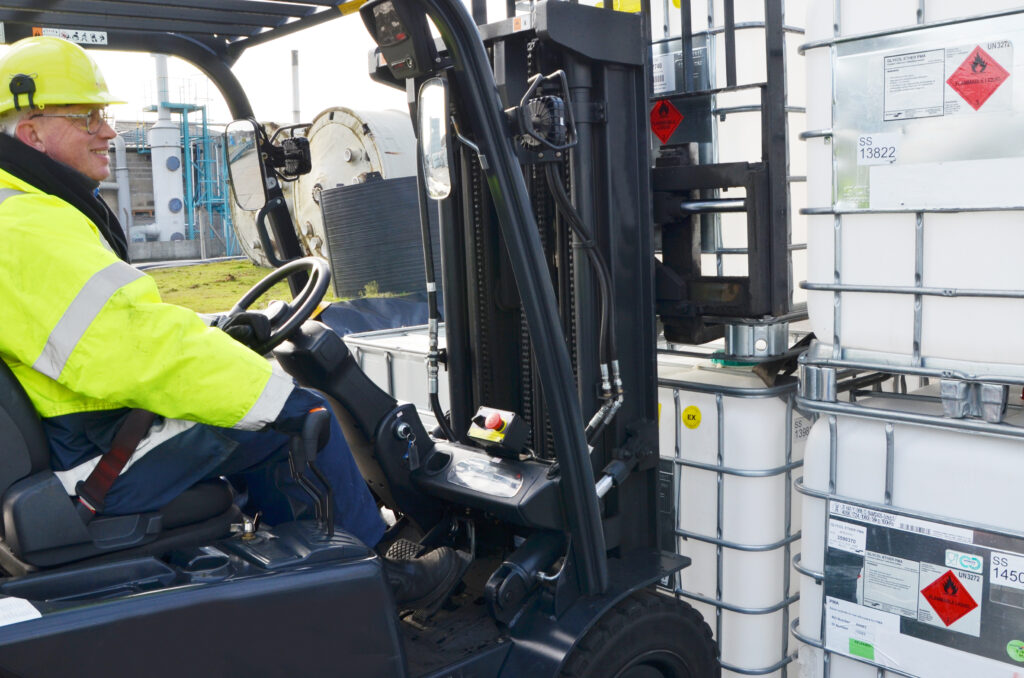Up to 20% of Ex-Forklifts Potentially Unsafe
3rd December 2020

Up to 20% of explosion protected lift trucks (ex-forklifts) in operation may not pass an Annual Safety Audit, reveals Pyroban.
“When a lift truck leaves our facility, we can be confident that its safety systems are working as they should to help prevent ignition in a potentially explosive atmosphere,” explains Darren Boiling, Materials Handling Sales Manager for Pyroban. “However, it’s important to check that it stays that way, particularly after a few years’ of heavy use.”
“The Annual Safety Audit, known as an Ex-ASA, is recommended to thoroughly inspect all safety critical components and systems of Ex-forklifts,” Darren continues. “During these inspections, we see around 20% of trucks present issues that could pose real and immediate dangers.”
Among the most common reasons for failing a Pyroban Ex-ASA are issues with fork cladding and earth straps, worn tyres, DC motor insulation resistance, poorly maintained batteries and even seat cushion wear. Badly maintained or worn “D” shut-off valves are also a common reason for Ex-ASA failure on diesel forklifts.
On occasion, Pyroban’s audits have found serious problems where the motors have been repaired or altered by unqualified engineers with no experience of explosion protection. This compromises the integrity of the whole safety system and could render elements of it completely useless.
“An unqualified person making any change to an explosion protected truck could prove disastrous, so it’s important that only correctly trained CompEx engineers work on Pyroban converted lift trucks,” says Darren. “That said, any of the issues highlighted – from worn seats to battery issues – could potentially result in a horror story. Keeping up with preventative maintenance is an ideal way to avoid danger and make sure systems function correctly,” he continues. “But ensuring that equipment is regularly audited for safety provides extra reassurance and should be a priority for any operation with trucks operating in ATEX Zone 1, 2, 21 or 22 areas.”

